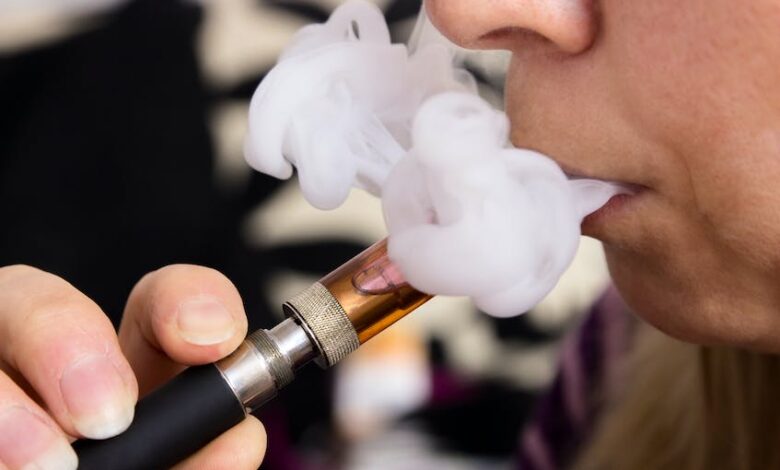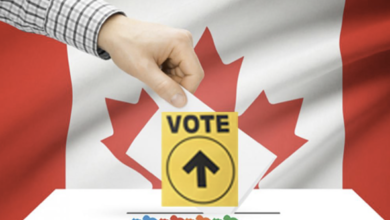Canadian Cancer Society pushes N.S. to raise legal vaping age to 21

Sanja Stanojevic is studying the lung health of people who vape aged 18 to 24 in Nova Scotia, but during her research, she’s heard reports of people as young as 10 years old who are vaping.
“We’ve had reports of kids in Grade 4, siblings of teenagers who are as young as 10, 11 years old that are reportedly vaping,” Stanojevic said in an interview.
And while little is known about possible permanent lung damage that comes from vaping, Stanojevic said those reports are concerning.
Stanojevic said any exposure to growing lungs during adolescence, whether it be smoking, vaping, pollution or poor nutrition, can predispose people to lung disease later on.
“I think people who are younger and younger, particularly in adolescence and early adulthood, there’s a developmental phase where you don’t want to think about the risks,” she said. “You may be doing things that are risky but you don’t want to think about the long-term consequences.”
That’s why the Canadian Cancer Society is pushing for provinces such as Nova Scotia to raise the legal age of vaping from 19 to 21.
Heather Mulligan, the Canadian Cancer Society’s manager of advocacy for Atlantic Canada, said more and more young people are vaping.
“What we know is that there are one in three Nova Scotia high school students in grades 10 to 12, these are also kids ages 15 to 18, who are vaping,” Mulligan said.
“And we know that if a young person starts experimenting younger, they become traditional tobacco users because it’s much easier for them to make the leap from a vaping device to a cigarette.”
Mulligan said the majority of people under the age of 19 who vape are getting a device from someone they know, with more than half getting their vaping device from a family member or friend.
Stanojevic added vaping has also become a social norm, so people are sharing devices.
“It’s kind of a right of passage to share your vape and pass it along in social circles,” she said.
That’s why the society is pushing the province to raise the legal age.

“So, what we know is, when we control access, it has direct impacts and then it also has perceived impacts,” Mulligan said.
A 2015 study by the U.S. Institute of Medicine showed if the U.S. introduced age 21 legislation for smoking, it would reduce smoking by 25 per cent among 15- to 17-year-olds and 15 per cent among 18- to 19-year-olds. The U.S. has since introduced age 21 legislation for e-cigarettes.
Mulligan said after the U.S. introduced Tobacco 21, under-aged people reported it was more difficult to access smoking products or devices.
But as Stanojevic has learned during her study, people are getting vape juice in more ways than just purchasing pods from a store.
“The pods are really expensive so people have figured out you can actually buy the liquids, mix them yourself and then refill the pods,” Stanojevic said.
“There’s rightfully regulation in terms of the nicotine concentration, so there are limits on how much nicotine is in these devices, but what we’ve learned through our participants and some of our community engagement work is that there’s a lot of customization of them in the real world.”
“The pods are really expensive so people have figured out you can actually buy the liquids, mix them yourself and then refill the pods.”
– Sanja Stanojevic
Mulligan acknowledged it will take more than just introducing age 21 laws to curb youth vaping.
“Our success in driving down tobacco use has been because of a multi-faceted strategy of education plus restrictions,” Mulligan said.
Mulligan said the Canadian Cancer Society, as well as other advocacy groups such as Smoke-Free Nova Scotia, have been in talks with the province’s Health Department, Department of Environment and Climate Change, which is responsible for enforcing the Tobacco Access Act, and the Education Department.
She said Public Health is aware and “great supporters” of raising the legal age to 21.
A Health Department spokesperson said the provincial government has long recognized the “serious harms” associated with vaping products.
“Public Health staff actively monitor the tobacco and vaping environment in Nova Scotia and remain committed to reviewing evidence related to effective tobacco control legislation,” the spokesperson said in an emailed statement.






